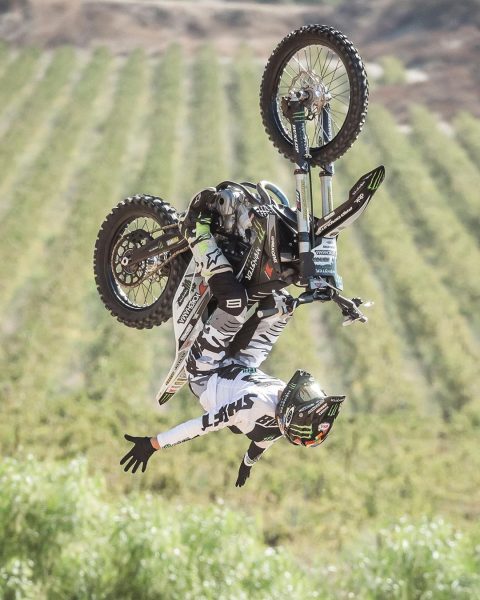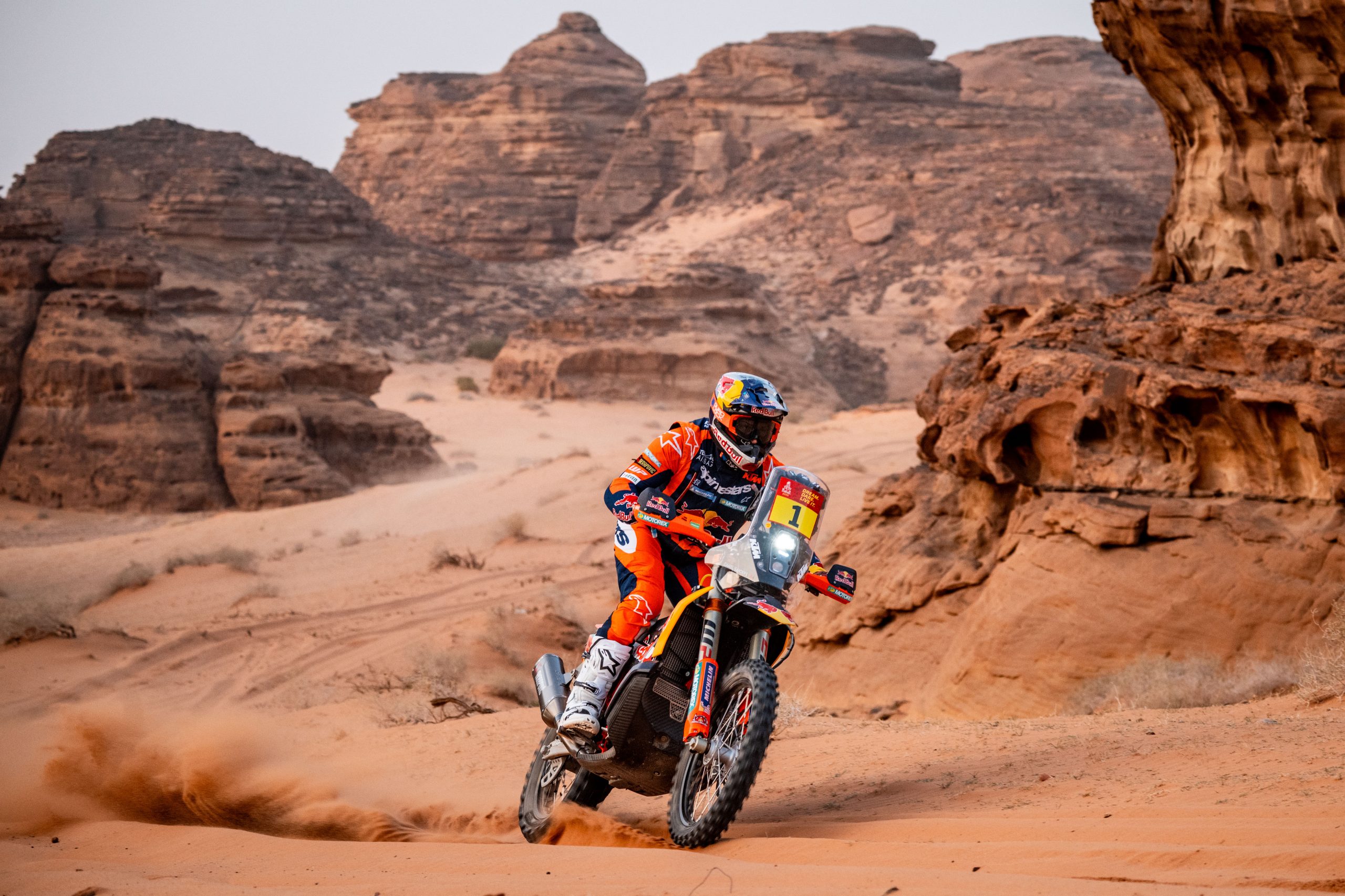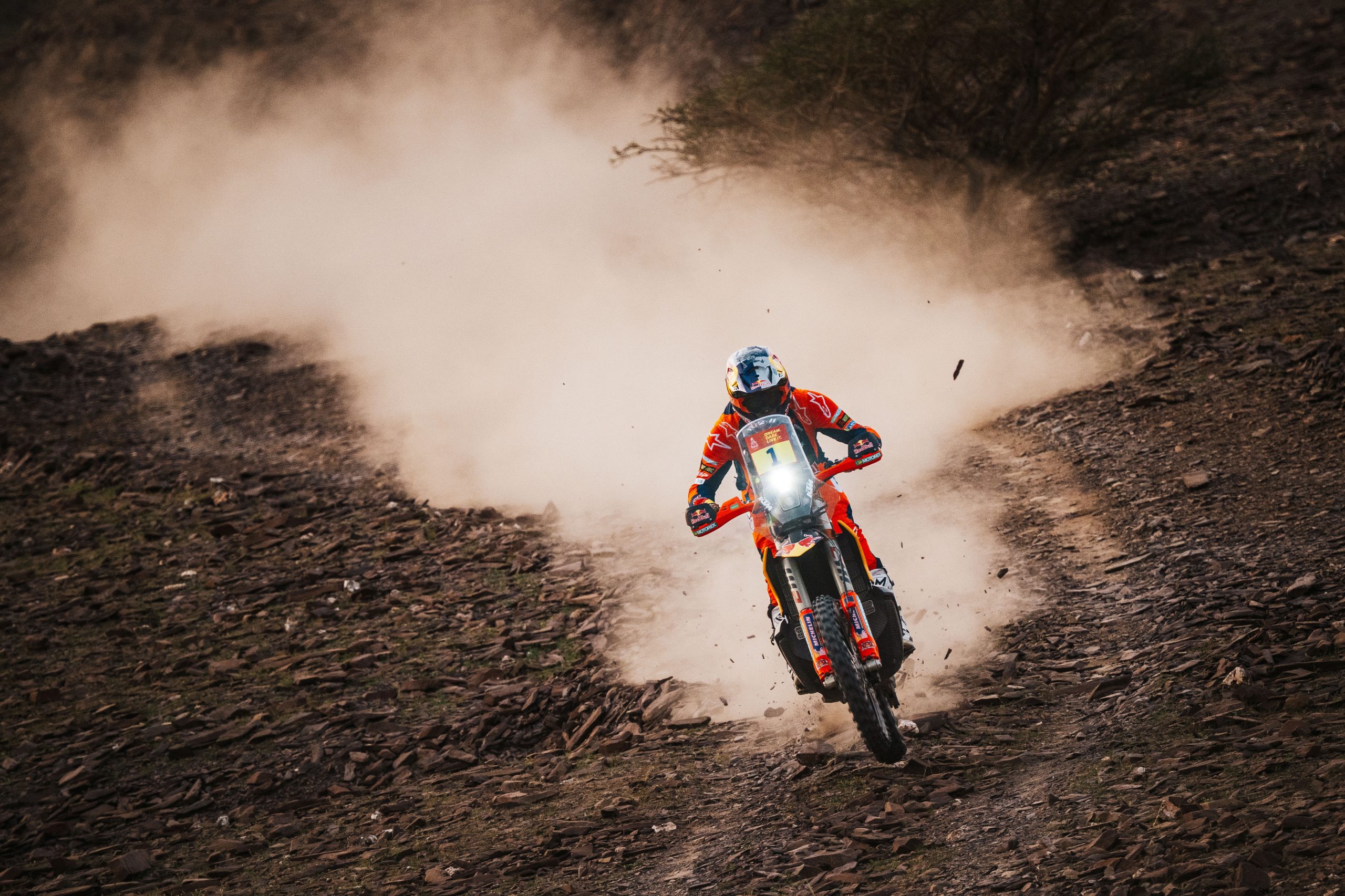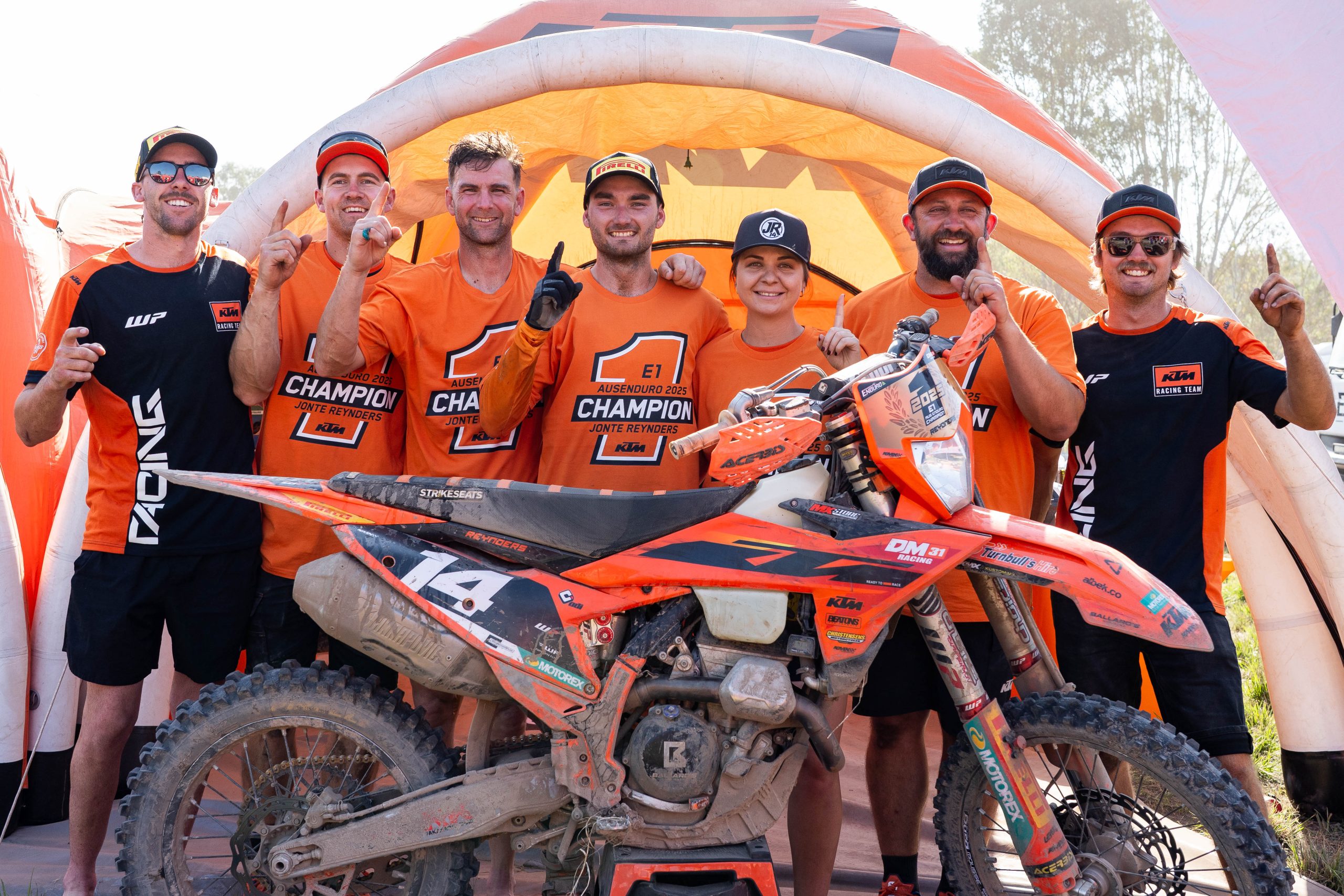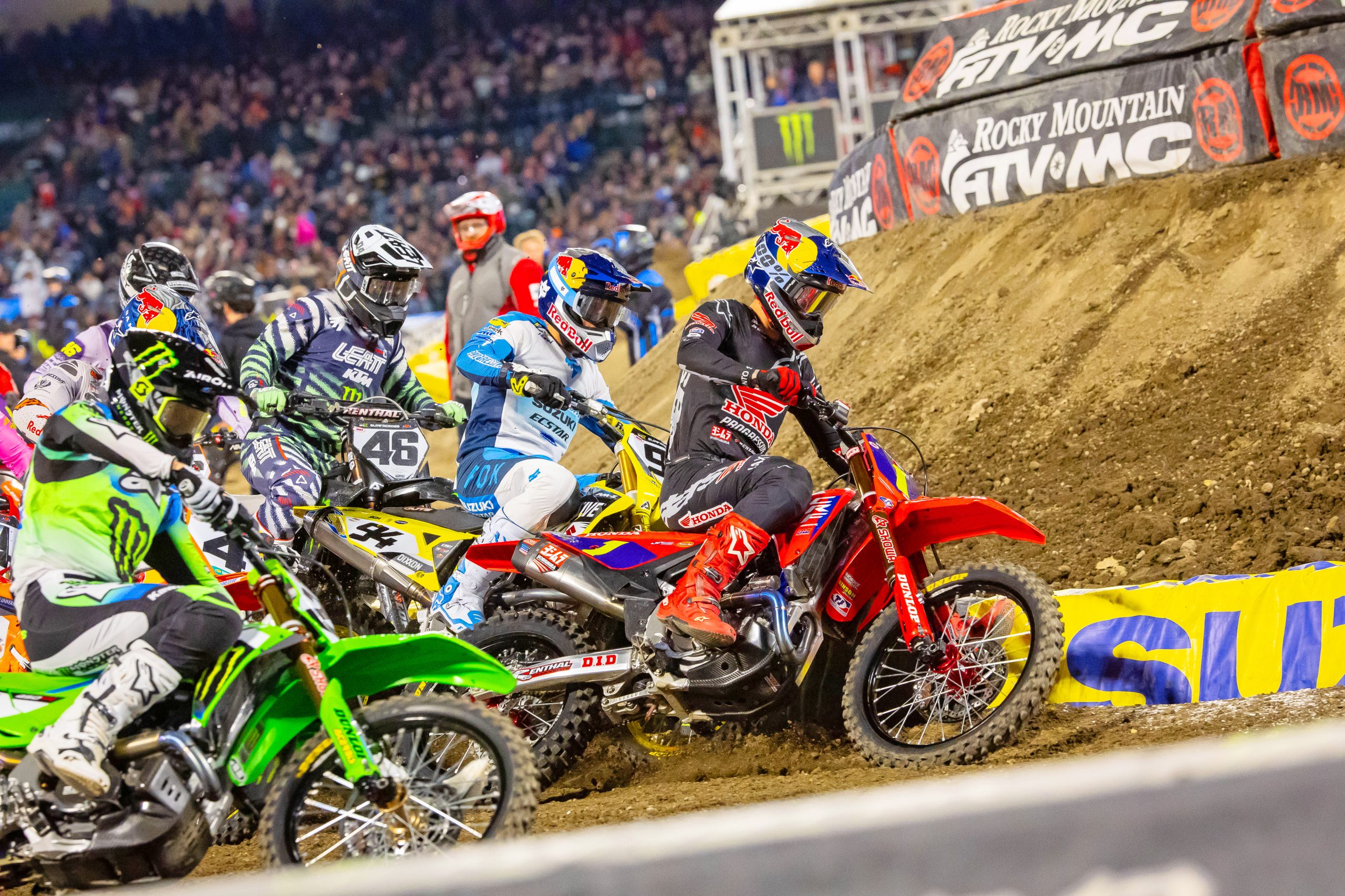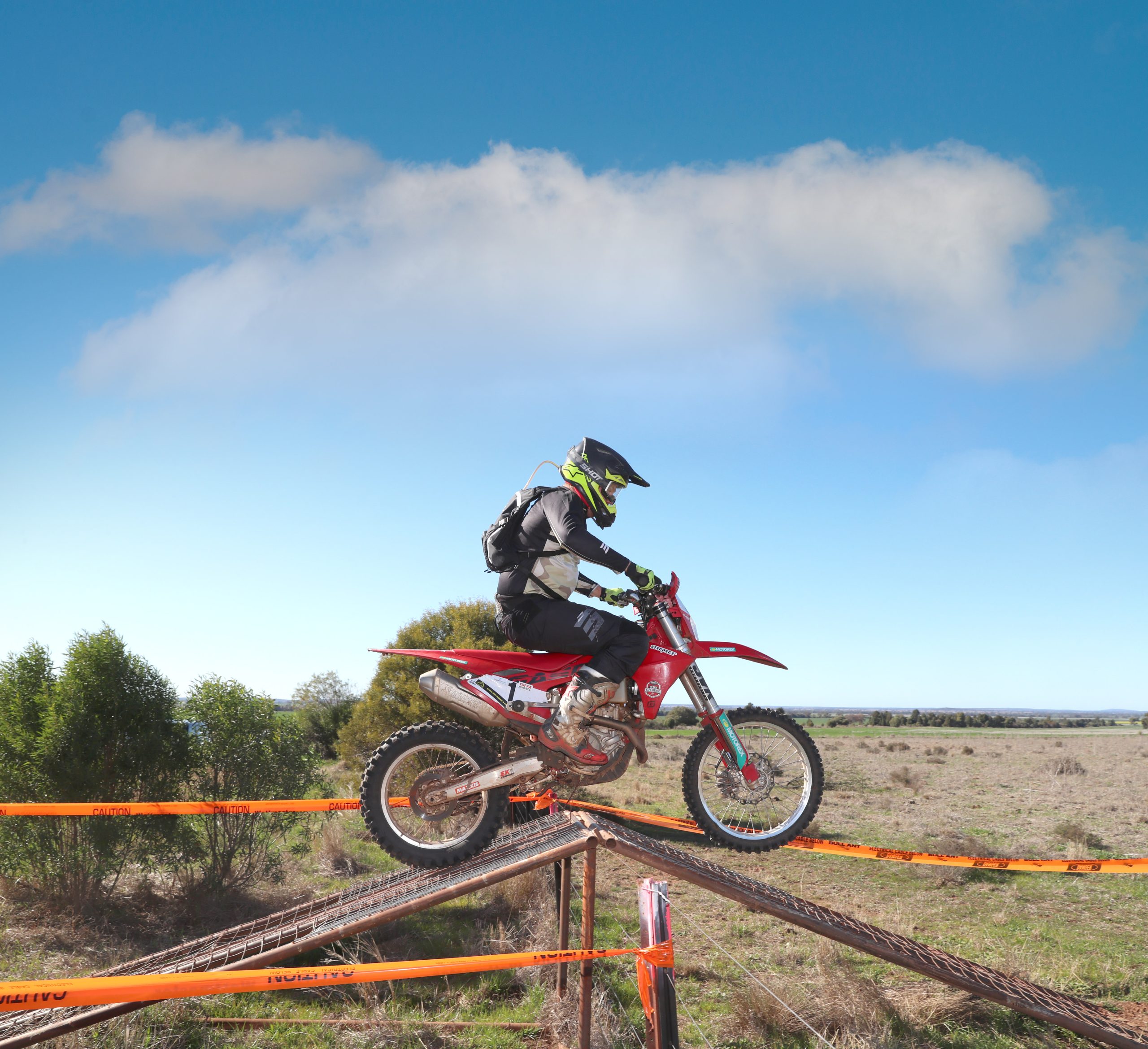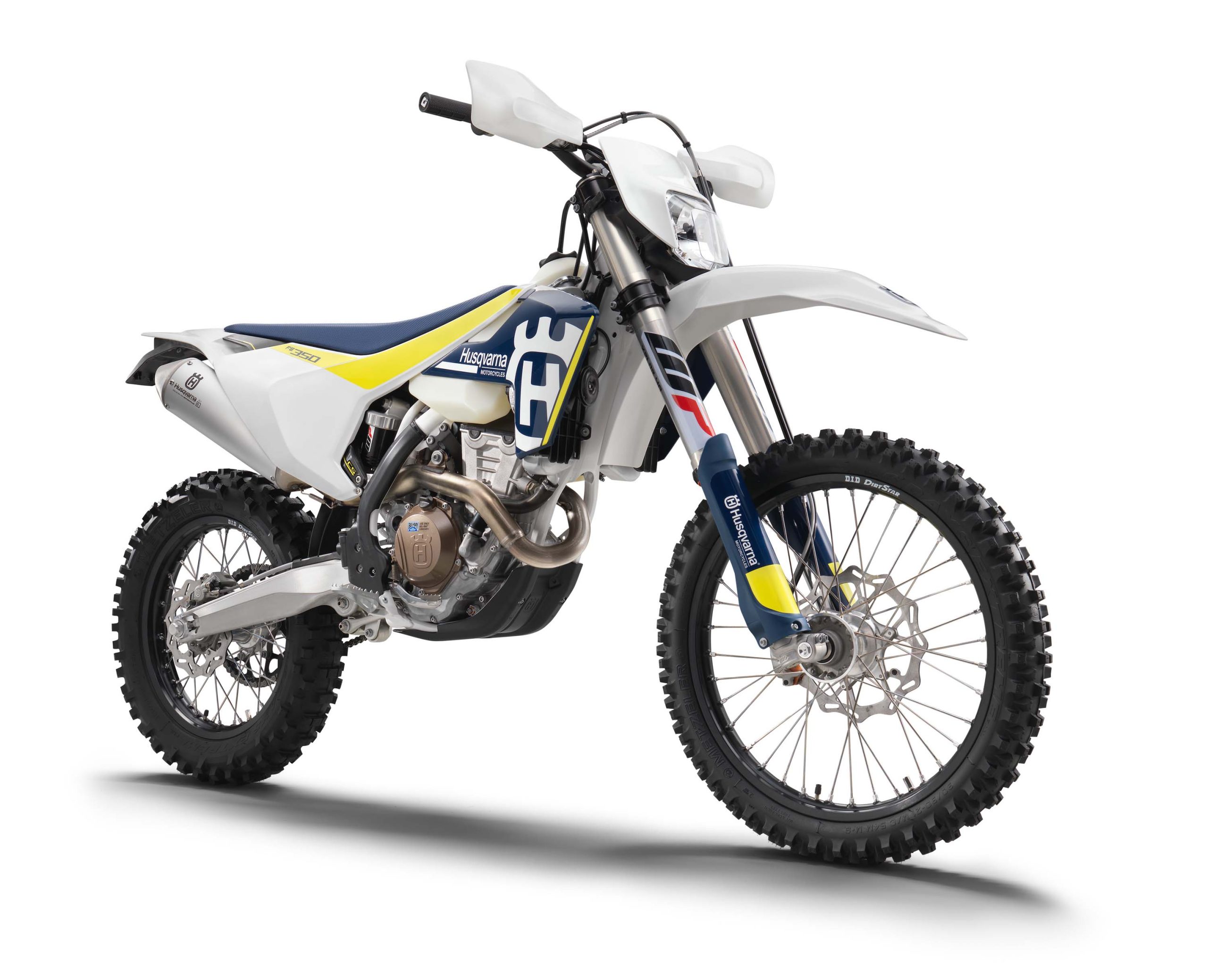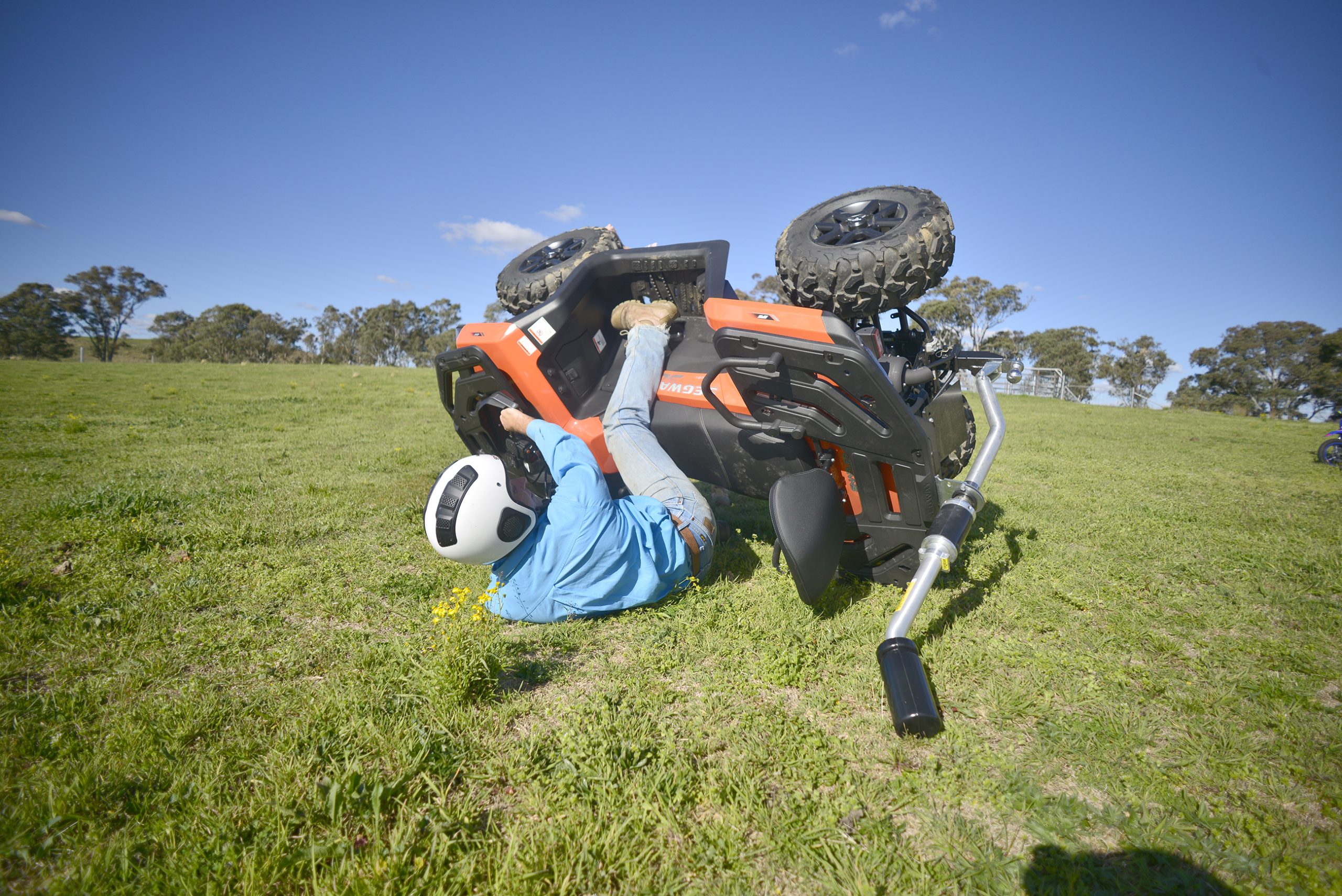Freestyle motocross really hit the big-time with the emergence of the Crusty Demons of Dirt videos back in the 1990s. These crazy riders were launching insane jumps and having some huge crashes and we couldn’t get enough. Riders and fans were drawn to the chaos of FMX and fascinated but the carnage that followed and Seth Enslow became a household name.

Soon enough, the big players in the movement realized there was a global thirst for the action and the Crusty Demons of Dirt began to tour, putting on shows to sell-out crowds all over the world. Riders now had an avenue to ride professionally without the structure and high pressure of racing motocross and with the introduction of steel ramps, a freestyle show could be easily setup just about anywhere.
The Crusty Demons kick-started a completely new genre of dirt biking and later the Metal Mulisha ramped it up even further. Their do-what-we-want attitude resonated with fans with sell-out shows and ensuing carnage fueling the fire. Videos and live shows fed the fans that were hungry for action and a bit of chaos. Mainstream motocross was now considered the good-guy part of the sport and freestyle was for the misfits. Then along came Travis Pastrana.

THE TRAVIS SHOW
Travis Pastrana singlehandedly changed the image of freestyle motocross. Clean-cut and already established and respected elite motocross racer, Pastrana brought serious fire-power every time he hit the track. Although it seemed Pastrana still had a huge motocross racing career ahead of him, he launched himself into freestyle and it suited him. Pastrana was a stark contrast to the bad-boys of the Crusty Demons and the Metal Mulisha and the fans loved him.
Pastrana was an instant star in freestyle claiming X-Games medals and creating his own freestyle show, Nitro Circus. As the bad boys of Crusty and Metal Mulisha began to fade, Nitro became the biggest show on earth. The choreographed performances of the Crusty, Mulisha and Nitro shows were one thing, but the sport of freestyle was another. X-Games offered riders a huge platform and a range of events to showcase their skills and plenty of prestige was placed on taking home a medal.
Red Bull X-Fighters was just as big and to some was regarded as the pinnacle of freestyle. This series of competitions reached global status in 2008 with six events held in Mexico, Brazil, the USA, Spain, Germany, Poland and Canada. The sport had gone global. Red Bull X-Fighters eventually reached its potential with the final year of competition in 2017. It appeared freestyle was dying.
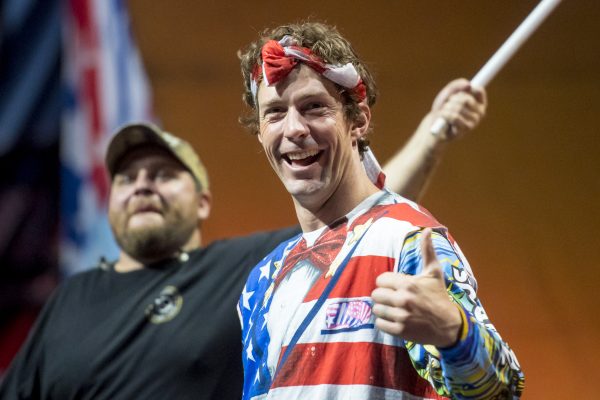
AUSSIE FREAKS
The early days of freestyle here in Australia began with the Expression Session that filled the intermission of racing at the Supercross Masters in the early 1990s. One-handers, cross-ups and no-footers were as wild as it got until some racers started throwing some pretty mean whips at the turn of the century.
Victorian riders John Flint and Luke Urek were leading the charge down south and putting on shows around the traps including big public gigs like the St Kilda Festival. Troy Carroll was dabbling in FMX up in Queensland during a hiatus from racing until he made a comeback to the track with CDR Yamaha.
Jono Poter was perhaps the biggest thing to happen in Aussie FMX in the early 2000s. The flamboyant rider was a gun motocross racer but was doing double-time by waxing the freestyle scene simultaneously. Jono was popular with everyone which goes part of the way to explain why he became dubbed as the Pastrana of Australia. Tragically, Porter died in a motocross racing accident in 2004.
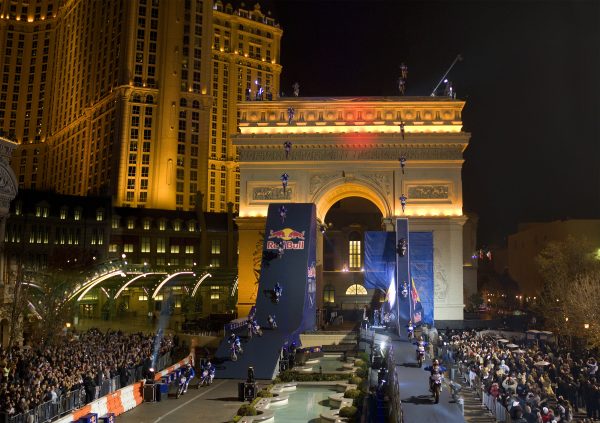
Freestyle was surging and two young guns from the south east of Melbourne were beginning to pop up all over the place. Cam Sinclair and Blake “Bilko” Williams were products of the motocross racing scene but really found their calling in FMX. These two boys fed off each other and were soon part of every major touring FMX show.
Meanwhile, Robbie Maddison was forging his own path from his base on the NSW south coast. Maddison reached for the stars and damn near touched them a few times as he went all-out breaking world records and being the centerpiece of some of the biggest stunts ever staged. These included jumping up and landing on top of the Arc de Triomphe in Las Vegas, winning Red Bull X-Fighters events, jumping the Tower Bridge in London, riding a modified dirt bike on the craziest wave in the world, Teahupoo in Tahiti and later, playing stunt double for Daniel Craig in the Bond movie, Sky Fall.
Maddison made it big and he did it by forging his own path with ridiculously big stunts that simply could not be ignored. Yes, he competed in the big events like Red Bull X-Fighters and participated in various freestyle shows, but his main fame came from his big-balls stunts that made mainstream media.
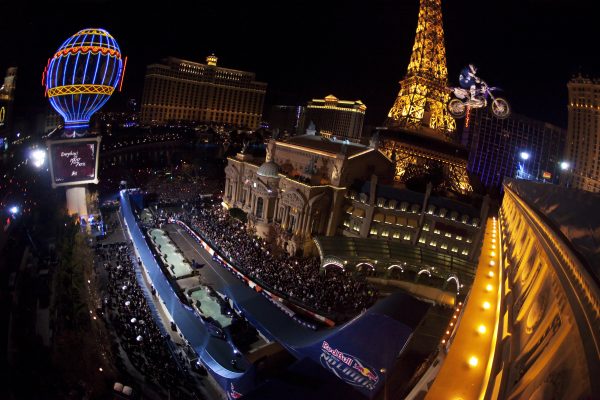
WHERE TO NOW?
There’s no denying that freestyle motocross is still a thing, but it doesn’t have the hype it once did. Crusty Demons and Metal Mulisha shows are no more. Nitro Circus is keeping the dream alive but there isn’t much else as far as big shows anymore. Why?
One train of thought is that it became normal. There was a time when a backflip on a dirt bike was mind-blowing but thanks to plenty of riders mastering the trick it did become normal. It sounds ridiculous to say, but it all became a bit too regular and it was no longer amazing. It’s the incredible feats of Robbie Maddison that has kept freestyle in the news.
Freestyle motocross morphed from riders letting loose and making jumps out of nothing away from the motocross track, to choreographed live shows to big-time jump competitions. The big stunts were the domain of Robbie Maddison.
With Maddo now seemingly in another stage of his career and the demise of big competitions and big shows, the question remains. Is freestyle dead? No way, and perhaps the biggest thing is yet to come. In the meantime, keep your eyes open for a Freestyle Kings or Airtime FMX show as these guys are keeping the show on the road.
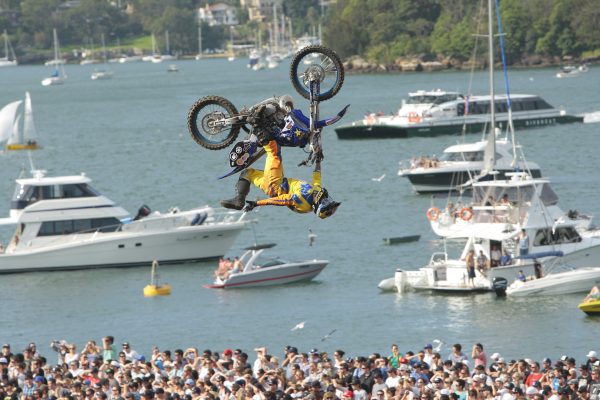
SINCS STILL AT IT
Cam Sinclair has been in the Australian FMX scene for a very long time. Sincs was racing in the pro ranks of Australian motocross and supercross in the early 2000s when the lure of FMX captured his full-time attention. Now 40 years-old, Sincs is still riding FMX shows because he loves it, but it does take a back seat to work and family life.
“I enjoyed riding around in front of crowds at supercross compared to racing motocross. I was more about the show side of things. I was more a showman than a racer, I guess. It helped me a lot because my sponsors were happy with me doing supercross and freestyle. Although freestyle had a bit of a bad image when it first kicked off, I was getting more recognition out of freestyle and supercross than I was racing motocross”.
“Racing motocross is a seven-day-a-week job but with freestyle you don’t have to worry about the fitness side of things. I could just ride three days a week hitting ramps for freestyle and that was all I needed. With supercross you needed to ride four days a week and the days you don’t ride you needed to be in the gym. To me, freestyle seemed like an easy way out”.
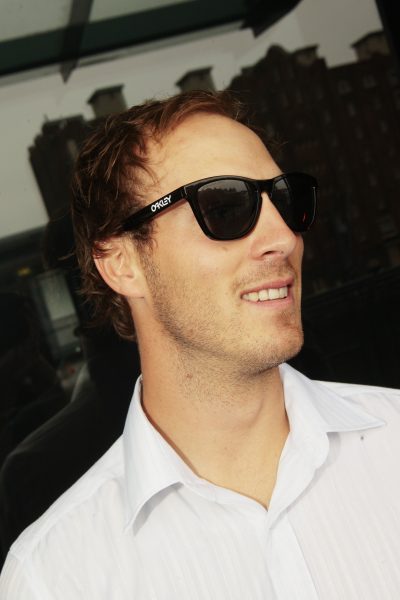
“Bilko (Blake Williams) and I were picked up by Crusty Demons and one thing led to another and our sponsors started paying us to be on tour with Crusty. I was getting magazine cover shots, which enabled me to ditch supercross and concentrate on freestyle full-time. The passing of Jono Porter pushed me away from racing a bit as well”.
“I joined the freestyle scene when it really started to take off and I feel as though 2007-2011 was when it was at its peak. X-Fighters was doing five stops globally and X-Games was huge. After Travis Pastrana double-flipped in 2006 it really took off”.
“I think that the risk-factor isn’t there as much anymore with air-bag landings. Last year they had a padded landing at X-Games but back in the day, that was unheard of. If you crashed a back-flip, you were screwed. Generally, riders are walking away from crashes these days”.
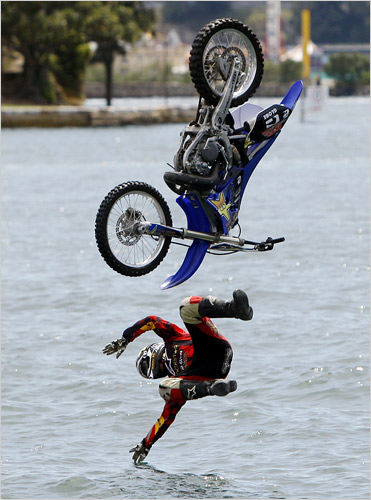
“The sport has become a bit stale as well, over-saturated. When it comes to racing, you can never really know who is going to win but with freestyle now, you know what tricks riders are doing, you’ve seen what they have been working on in their social media. You sort of know what is going to happen so I guess the entertainment side of it isn’t there anymore”.
“I am still performing shows but I guess we are more like half-time entertainers now. The crowds still love that but as far as competing, that side of it has died down a lot. Riding is just a side-project for me these days but the opportunities keep popping up and I still enjoy it. Years ago, I wondered if I’d still be doing back-flips when I am forty, well I’m forty now and I did 20 flips last weekend”.
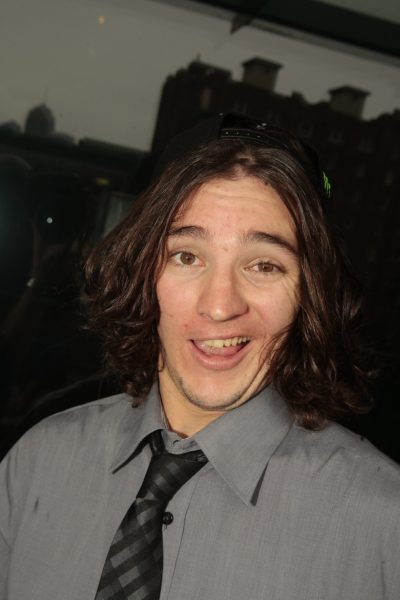
“I almost feel like I haven’t grown up one bit. The thrill is still there for me. I still recognize the risk and I still feel the nerves”.
“Freestyle Kings have stepped up and they have had some sell-out shows but it’s nothing like it used to be. X-Games is still big in the USA with BMX, skating and freestyle motocross is a big part of it.”
